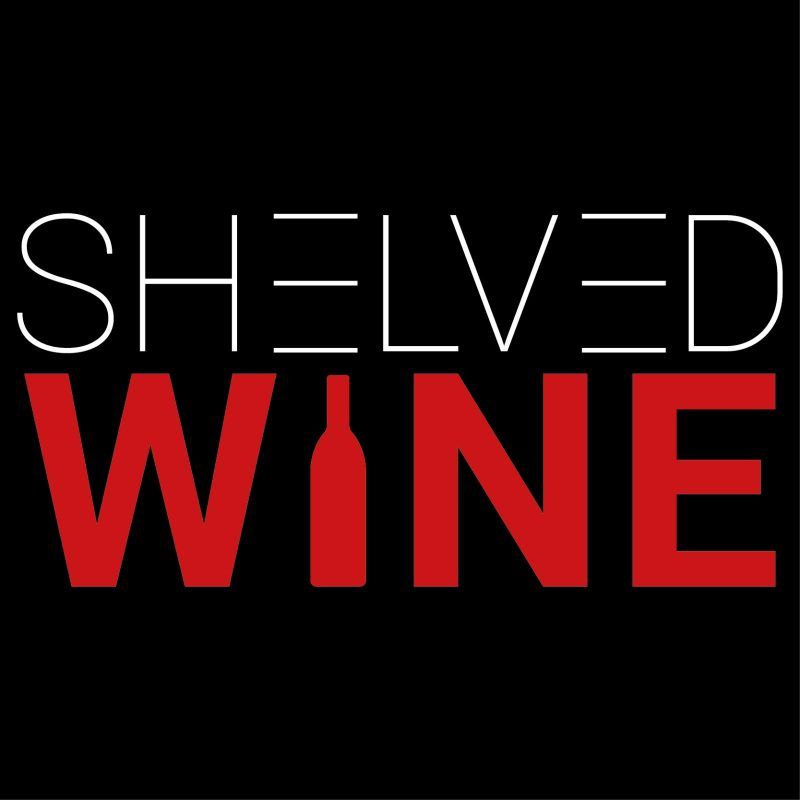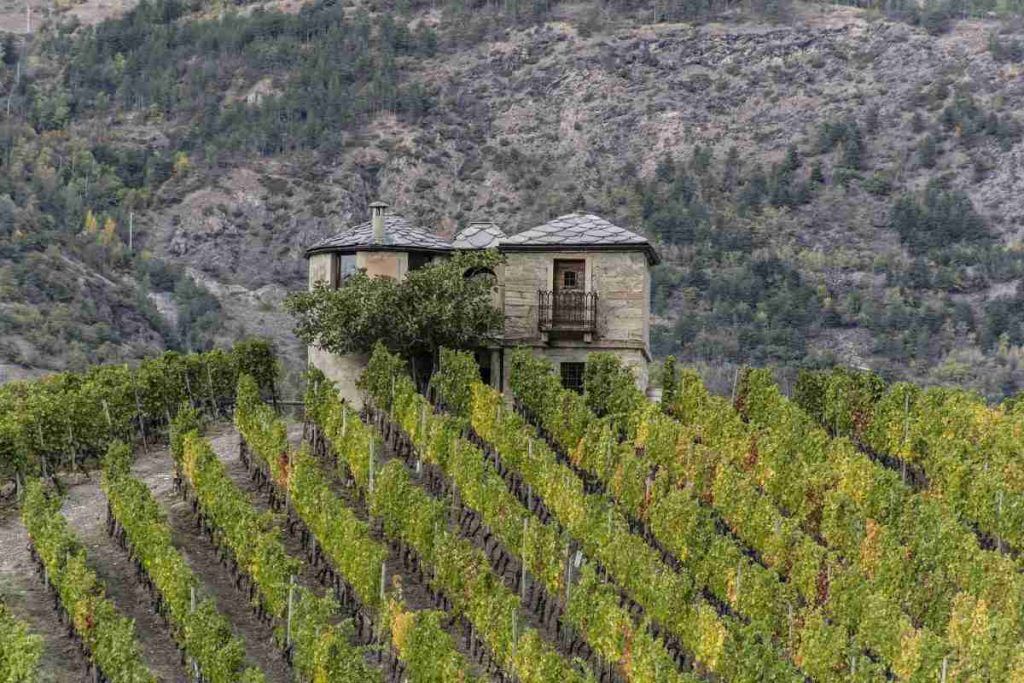Articles
Guide to Valle d’Aosta Wines
Guide to Valle d’Aosta Wines
Being small doesn’t mean there’s nothing to see.
Valle d’Aosta (or Aosta Valley) is the smallest region in Italy. The narrow valleys stretching into the Alps are the most beautiful views in Italy, and the few but passionate winemakers in the region are making wine of world-class quality.
There’s only one protected region for quality wine or DOP (DOC) and no DOCGs, the highest tier for fine Italian wine.
There’s not enough Aosta wine to go around, though, and wine connoisseurs know it — collectors and wine lovers grab every bottle they can find.
A small region with big wines
The Aosta Valley lies in Italy’s northwestern corner.
It borders Switzerland and France, and you can see their influence in the wine, the food, and people’s lifestyle.
The Alpine valley is mostly mountains, and there’s little space for agriculture. This means that grape growers have no space to spear for lower-quality grapes; they only grow ripe, concentrated grapes that result in gorgeous wines. The region produces barely over 100,000 cases of wine, and despite the region’s cold climate, most of it is red.
Travel the narrow valley up north following the Dora Baltea River, and you’ll find yourself face to face with the tallest mountain in the Alpine range, the towering Mont Blanc.
Valleys with an extensive history
The Aosta Valley has been inhabited for thousands of years by ancient tribes, including the famous Celts before the area was conquered by the Roman Empire to secure the strategic mountain passes that lead to mainland Europe. Years later, the noble House of Savoy, which also controlled parts of Switzerland and France dominated the territory the Middle Ages.
The region was part of the earlier French Kingdom in the 19th century, before becoming part of Italy with a special autonomous status. The Italian region has its own personality, with French being a significant language and a distinct Alpine influence that differentiates it from the rest of the country.
The grapes and the wines
Most of the grapes grown in the Aosta Valley are autochthonous, so you won’t find them anywhere else. 55% of the vineyards are planted with 6 varieties:
Reds
• Petit Rouge (20%);
• Nebbiolo (12%);
• Pinot Nero (8%);
• Fumin (7%);
• Cornalin
Whites
• Prié Blanc (8%).
Although there’s only one DOP in the valley, it’s divided into 7 subregions, all specialized in particular grapes and wine styles: Arnad-Montjovet, Chambave, Donnas, Enfer d’Arvier, Morgex et de la Salle, Nus, and Torrette.
For a delectable white of pure white fruit aromas and hints of wildflowers, enjoy a bottle of La Source, Petite Arvine DOC. You also need to try an Alpine rendition of Chardonnay with La Source Chardonnay DOC offering mineral and citrus aromas over an elegant palate.
Red wines are incredibly varied. Try a La Source Torrette Superiore DOC, made with Petit Rouge, for a velvety and complex wine brimming of ripe red fruit or a La Source Cornalin DOC made from the rare Cornalin grape known for its light and fruit-forward palate reminiscent of wild berries.

